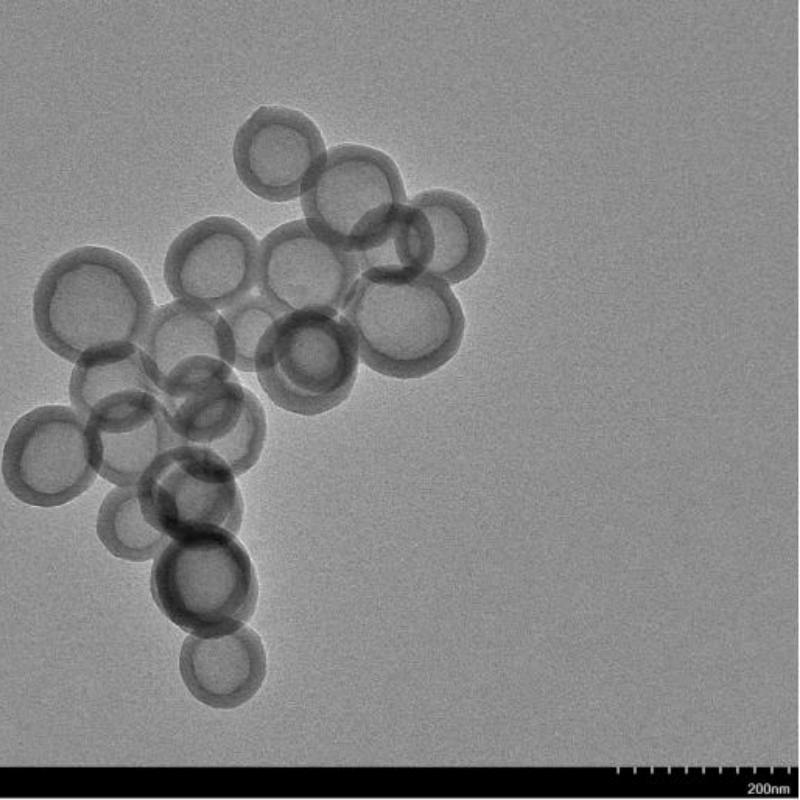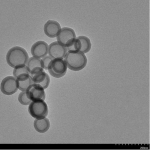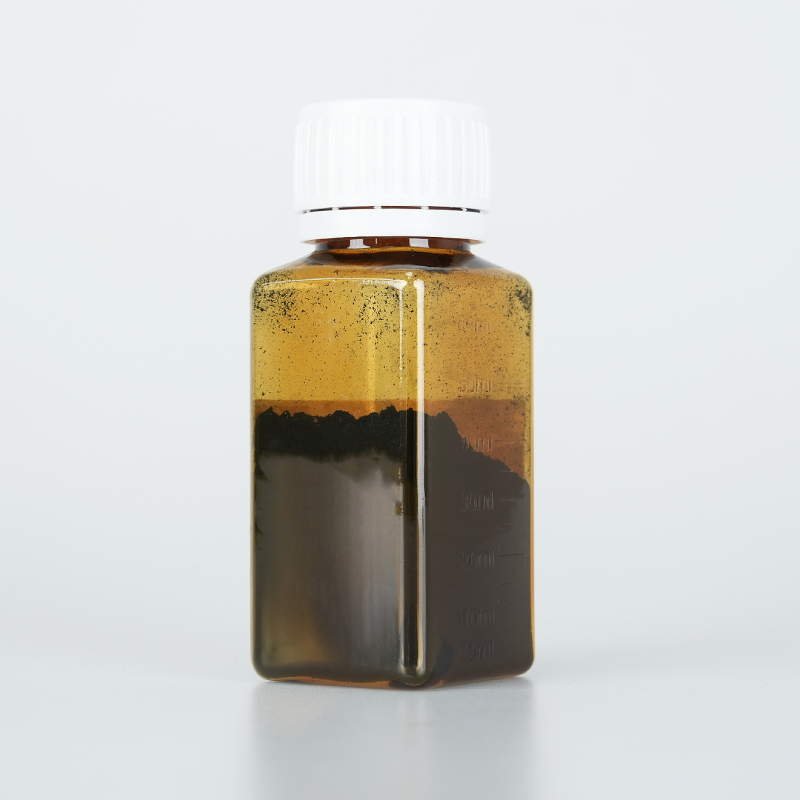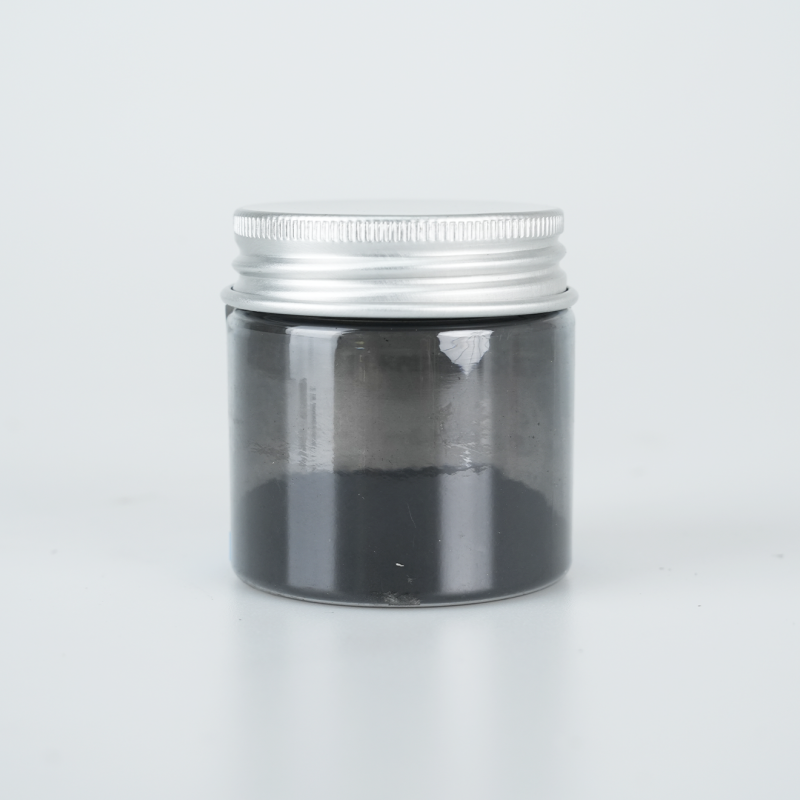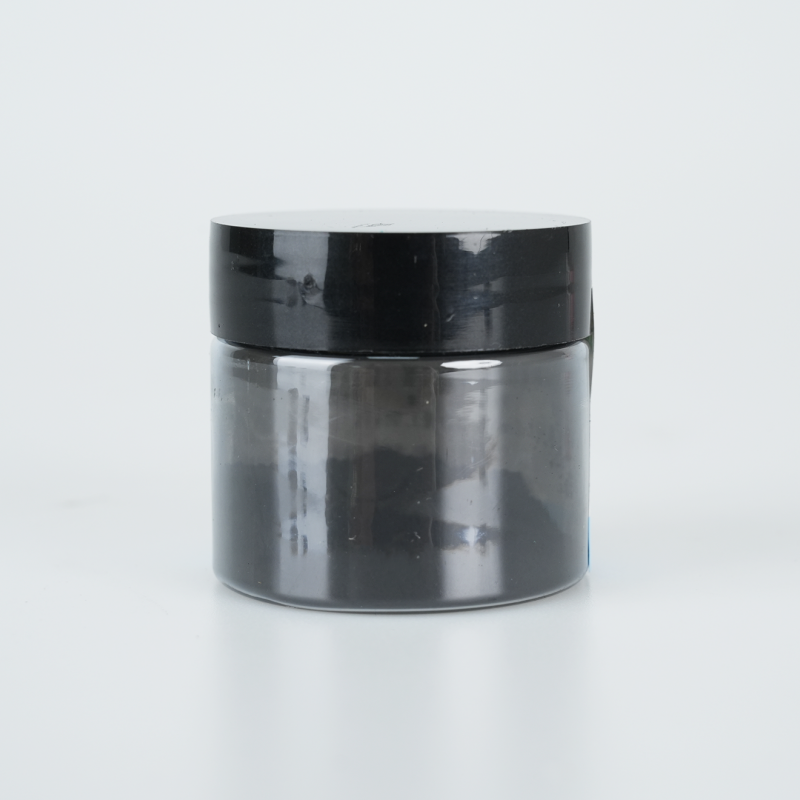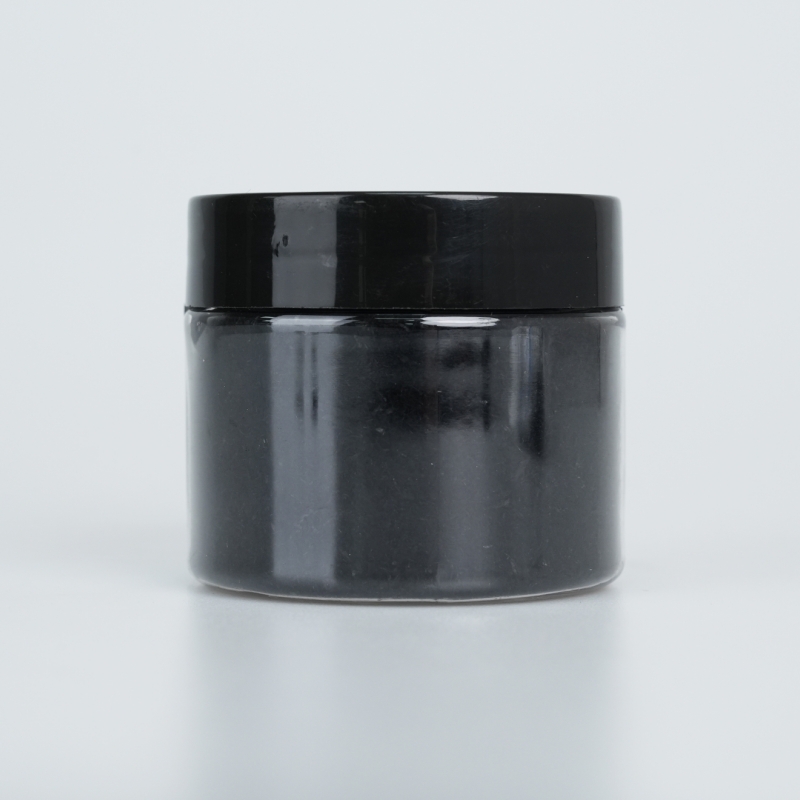Hollow carbon spheres synthesized via the soft template method provide optimized porosity, superior mechanical stability, and enhanced surface functionality. Designed for energy storage and catalytic applications, they ensure efficient ion transport, extended durability, and high adaptability.
Product Overview
Hollow carbon spheres are carbon-based materials with a hollow structure. This unique design grants them low density, excellent conductivity, and thermal properties. Using the soft template method, hollow carbon spheres can be precisely controlled in terms of their size and shape while maintaining a high surface area. These materials have broad potential in energy storage, catalysis, drug delivery, and many other applications, making them highly versatile for research and industry.
Key Features
- Hollow Structure:The outer shell is made of carbon layers, while the interior is hollow, providing abundant space for storage or adsorption.
- Low Density:The hollow structure results in a relatively low overall density, which enhances the material’s suitability for lightweight applications.
- Good Thermal Stability:These spheres maintain their structural integrity even at elevated temperatures, making them ideal for high-temperature applications.
Applications
- Energy Storage:Used as an anode material in lithium-ion batteries, they improve cycling stability and rate performance.
- Catalyst Carrier:With a high surface area and unique structure, hollow carbon spheres serve as excellent catalyst supports, enhancing catalytic efficiency.
- Drug Carrier:The internal hollow space can store drug molecules, enabling controlled release applications.
- Adsorption and Separation:Suitable for adsorbing specific substances, they are useful in separation and purification processes.
- Fuel Cells:Hollow carbon spheres can serve as supports for oxygen reduction catalysts, improving fuel cell performance.
- Pesticide Controlled Release:In pesticide delivery systems, hollow carbon spheres respond to infrared light, enabling controlled release and enhancing pesticide utilization.
| Technical Parameter | Value |
| State | Black Powder |
| Particle Size | 50-80 nm, 90-150 nm, 160-240 nm (TEM) |
| Preparation Method | Soft Template Method |
 new material
new material

